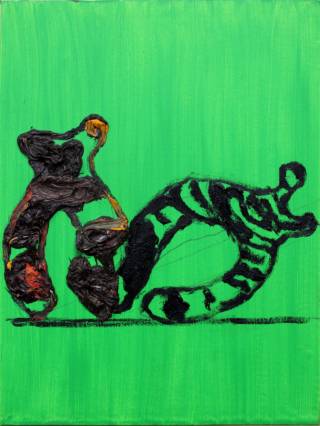
2005–2012
Under The Skin
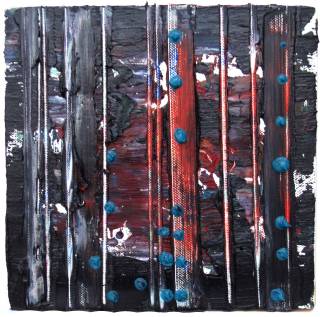
Chromasomes & Chromosomas
124 works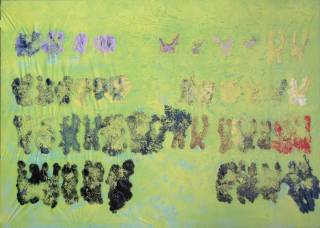
The Chromosome Encyclopedia
17 works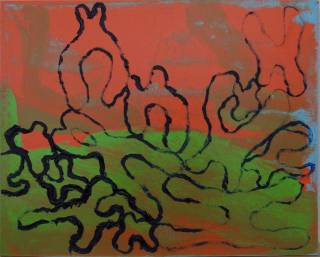
Chromosome Walking
27 works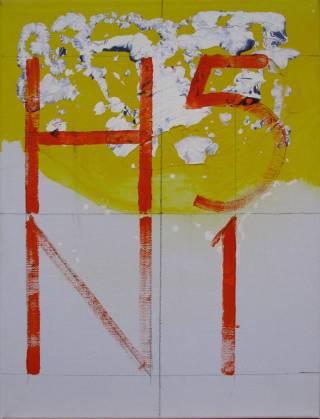
The HNNH Series
26 works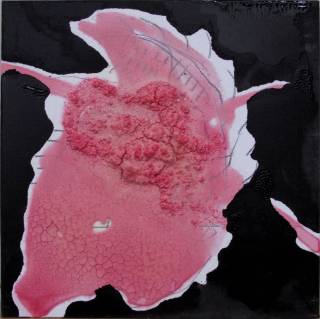
The Untitleds
48 works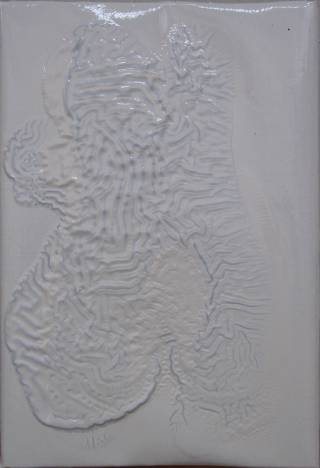
Miscellaneous
20 works
Under The Skin
“It has become impossible to paint a portrait. That is only possible when there are new ideas about how to depict mankind. At the moment there are no such ideas.”
Gerhard Richter (1987)
The word ‘chromosome’ is a combination of the Greek words for ‘colour’ and ‘body’ – two elements that lie at the heart of the matter of painting and the painterly tradition. In the world of chromosomes, Joost van Haaften finds a new possibility to represent mankind: by painting the invisible side of people, namely their DNA, he grasps the essence of a contemporary portrait and the human figure. It means a turn of the tide in his artistic practice. The simple schemes of ordering the twenty-three X and Y chromosomes trigger him to develop an investigation into the way chromosomes can take shape on canvas, adding another fundamental layer to his research of painting.
More than ever, the condition of paint plays a profound role in his depiction of the chromosomes. He lets the paint do the work itself – using and mixing all different sorts of paint and combining them with painterly materials such as silicones and ink. By doing so, a chemical process takes place on the canvas, as the used materials react with each other – a process which is often intentionally unpredictable. Meaning that, to a large extent, the painter can only act as a director, observing as the painting paints itself. In these times were the human being seems manipulable in all sorts of ways – and is in fact being manipulated, both intentionally and unintentionally, by means of medication, hormones, nuclear energy and processed food, with sometimes catastrophic results – Joost van Haaften’s way of handeling the unpredictable painterly materials symbolises his statement that we can never fully know ourselves, as we have no control over these small elements we consist of.
Joost van Haaften does not aspire to be a scientist; it is the scientist’s curiosity and desire to explore the unknown that intrigues him, as he strives to incorporate these features into his artistic practice.
In bigger paintings such as Us and Them or The Bigger 2006 Chromosoma Encyclopedia, Joost van Haaften sheds light on certain value judgements existing in our society based on chromosome deviations; judgements leading to injustice and social inequality, in the past as well as today.
At the end of the 80s, Gerhard Richter stated that there was a lack of ideas on how to portrait a human being. Times have changed and deep, very deep within the human body, Joost van Haaften has found a new impulse to depict mankind.